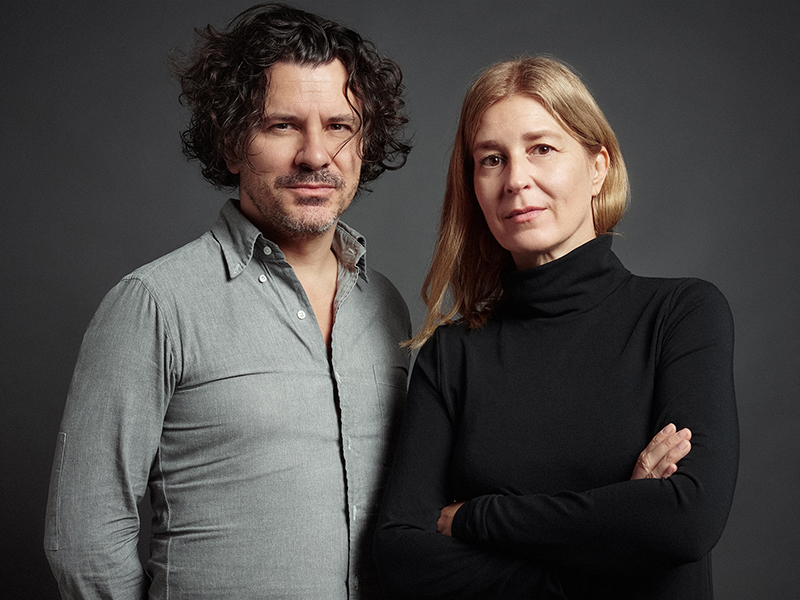Material and Experiment: Gonzalez Haase on the Innovative Potential of Architecture

Foto: Sonja Leif
Gonzalez Haase are known for their tailor-made and spatially complex staging. On the occasion of DETAIL's 60th anniversary, they reveal to us why the innovative use of materials is timeless and without alternatives.
What is the legacy of 1960s architecture?
Judith Haase: For example the Case Study Houses which have a huge impact on our work. The Case Study Houses were experiments in American residential architecture sponsored by Arts & Architecture Magazine from 1945 until 1966. They commissioned major architects such as Richard Neutra, Charles and Ray Eames, Pierre Koenig, Eero Saarinen and many more to design and build inexpensive and efficient model homes for the United States residential housing boom caused by the end of World War II.
Pierre Jorge Gonzalez: Some late projects made for example by Pierre Koenig are really interesting to us, showing how materials can be assembled – one on top of the other and then placed directly in the landscape.
When did you first encounter Detail?
JH: During my architecture studies at the UdK (Berlin University of the Arts) I went almost every day to the Bücherbogen at Savignyplatz and I looked through the Detail Magazine and sometimes I bought one. The details in 1:20 fascinated me a lot and I soaked them up "like a sponge" to learn.
PJG: I remember seeing this magazine when I was still living in France and was intrigued by the clear technical drawings.
Where do you see architecture 60 years from now?
JH: The climate change is the big challenge. New materials and new technologies will be developed and we will have to use them to start an intense reinventing process of how we build. Using natural and recycled materials will create a new architecture. This has already started and it will be an exciting task for us architects to completely rethink our profession and training as an architect.
PJG: Not only architects and designers have to redefine architecture. I would like politics to take the right steps here too. This will then force companies not only to talk about ecological actions, but to invest in technologies the designers can work with. It's not just us.
AAS Gonzalez Haase is a Berlin-based studio with principal practices in architecture, scenography and lighting – founded by Pierre Jorge Gonzalez and Judith Haase in 1999. Early work with Richard Gluckman and Robert Wilson for the Watermill Center in New York became the first of many highly regarded projects with contemporary artists, curators and collectors. Keeping the interplay between light and architecture at the forefront of their designs, AAS have gained a noted reputation for their spatial concepts. Their work includes major artwork installations, luxury retail interiors, residential extensions, and conversions for industrial and art-related spaces.



